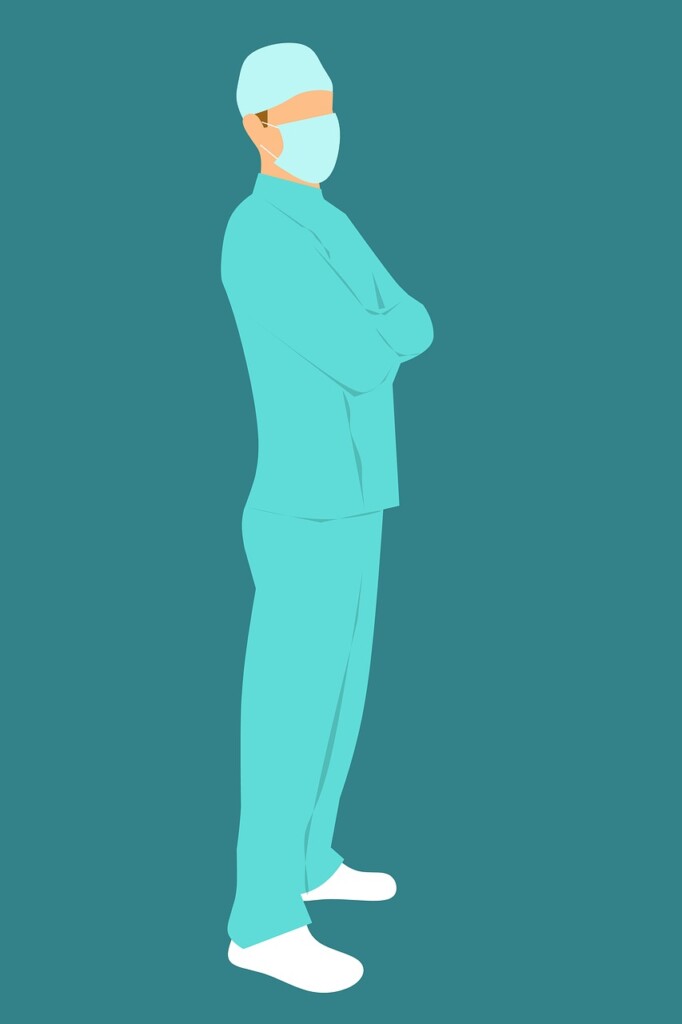
Membership Newsletter – Volume 15 March 2024
Welcome to Our March Edition! This Month’s Topic – Mercury In Fish…

Let Heart Health Month serve as a reminder that heart disease remains the number one killer of men and women in the United States. You have the power to change this deadly statistic, improve your heart health, and live longer healthier lives. This can be accomplished simply by adopting sensible healthy eating habits in addition to a regular exercise routine.
A great first step is to learn your own personal risk factors that make you more likely to develop heart disease. Certain risk factors like aging or having a family history of heart disease can’t be eliminated. But risk factors such as high cholesterol, high blood pressure, smoking, excess weight, diabetes, and physical inactivity can be changed. It’s not uncommon to have more than one risk factor, so the goal should be to lower or eliminate as many risk factors as you can. Compounding these risk factors tends to worsen the effects of the others.
Studies have proven that middle-aged adults with one or more elevated risk factors, were much more likely to have a heart attack or other major cardiac events during their later years than people with lower levels of risk factors.


Healthcare professionals agree that people with at least 2 major risk factors were 3 times as likely to die from cardiovascular disease as those with none or 1 risk factor. Control of your heart risk factors begins by knowing your blood cholesterol and blood pressure numbers and determining if your weight is in the healthy range.
Regular exercise is a simple way to reduce your risk of heart-related problems and a host of other health-related maladies. Your goal has to be making physical activity a pleasure rather than a chore by choosing enjoyable. Strive for making your activities as aerobic as possible. Even taking the stairs instead of an elevator can make a difference, but the newest recommendation is for 30 minutes of aerobic activity a day to lower your risk of heart disease, stroke, hypertension, and diabetes.
If you happen to be a smoker, stop. People who smoke are up to 6 times more likely to suffer a heart attack than nonsmokers. The risk of heart attack increases with the number of cigarettes smoked each day. If you quit smoking, you will immediately begin to reduce your heart attack risk. one year after you stop smoking, your risk will have dropped by more than 50 percent.


I’ve written about heart attack risks and ways to reduce those risks, but what does a heart attack actually feel like? The most common symptoms include pain in the chest, shoulders, arms, neck, jaw or back, shortness of breath, irregular heartbeat or palpitations (arrhythmia), and fatigue.
Please be aware that the symptoms and warning signs of a heart attack can vary from person to person. If you’ve already had a heart attack, it doesn’t mean that your symptoms will be the same if you have another one.

Finally, I’d like to share an ancient Chinese proverb to send you along on your journey to a healthy heart. This graphic has become one of my personal favorite motivational aids. I hope it helps you to take your first step on your journey.
